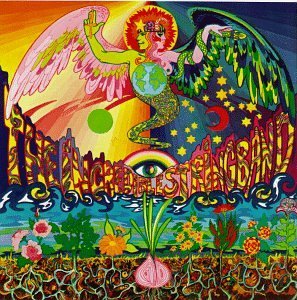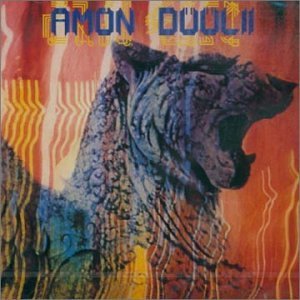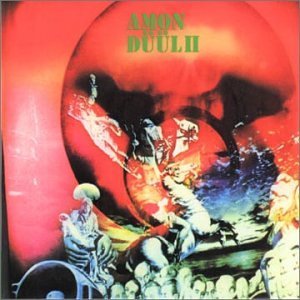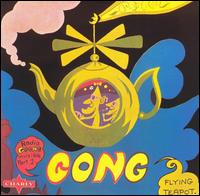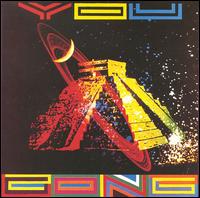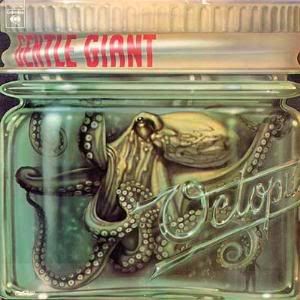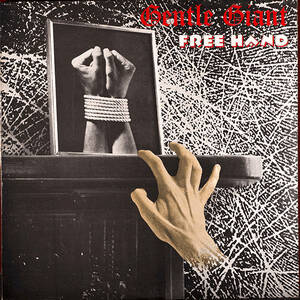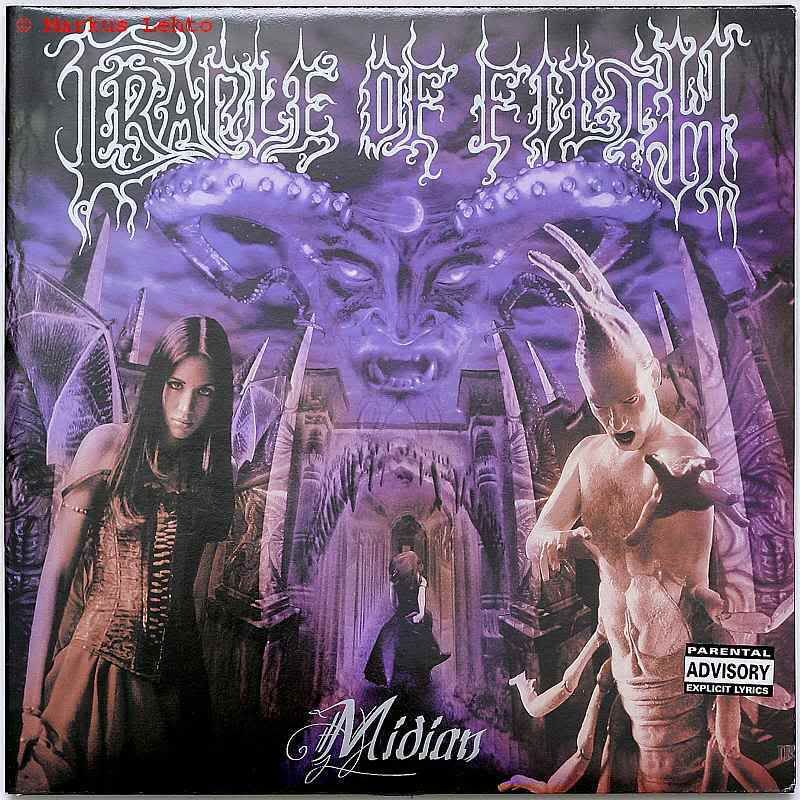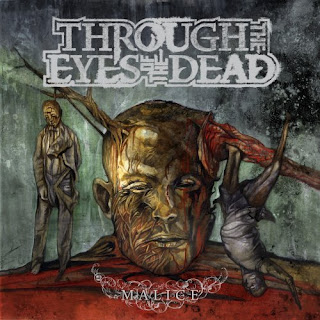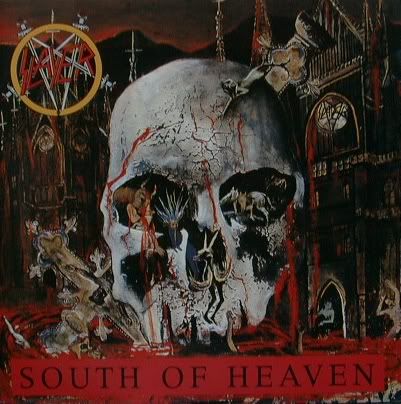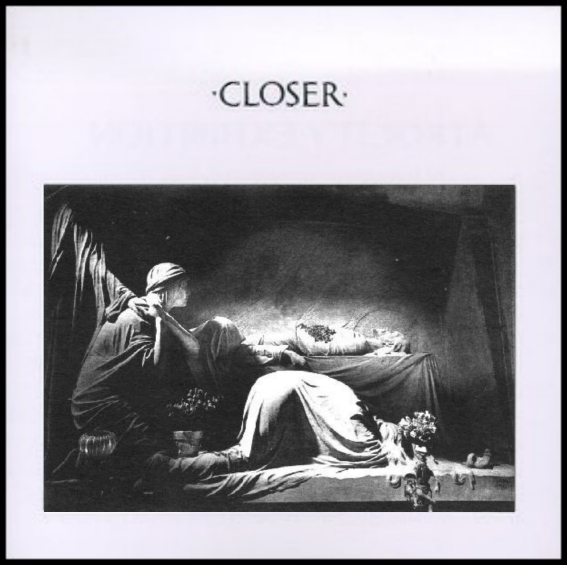Fugs -
Golden Filth -1968
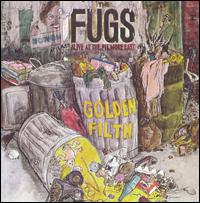
Review by Richie Unterberger
By the time of this recording on June 1, 1968 at the Fillmore East, the Fugs had evolved from their primitive beginnings into a pretty full and tight rock band. They'd also grown into a pretty large group, in fact, with ten musicians, including two drummers. However, most of the material was initially recorded between 1965 and 1966, ESP era. While some listeners might be disappointed by the absence of live versions of highlights from their Reprise records, this release actually has more value than the typical live album because it has notably different arrangements of well-known songs. On the Fugs' first recordings in particular, the sound and execution was pretty primitive, and it's good to have full, together rock versions of notable songs like "Slum Goddess," "Supergirl," "Nothing," "I Couldn't Get High," "Coca-Cola Douche," and "How Sweet I Roamed." The spoken intros haven't dated as well, with Sanders' monologues about lesbian dwarfs and zebra puke, and Kupferberg moaning at one point, "I want a titty"; what was once a shocking and taboo-breaking is now superfluous to the music. The reissue of this on Edsel in Britain may be easier to find now than the original LP.
and now some of
 FernTree Rock Trivia
FernTree Rock Trivia -
The heady times of the Vietnam War ... during a big peace demo in US ... hordes of peacenicks arrived and instigated by the Fugs, the protesters linked hands and circled the Pentagon ... then the chant started ... "Out Demon Out !" repeated and gaining a powerful momentum and energy ...

Eventually the troops were withdrawn ... clear evidence for me

that the exorcism worked
 Midnight Oil
Midnight Oil
Australian Band ... for lack of a genre - environmental/political rock ...
Pete Garrett is now a Labor politician and Minister for Sport and some elements of the Environment

some see this as a sell out


But a great band nevertheless... with a unique sound and Garrett's dancing is something to see


Album covers differ greatly ... and usualy quite striking ...
Midnight Oil Date: 04/01/1978
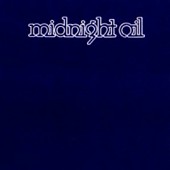
Very simple first cover ...
Head Injuries Date: 04/01/1979
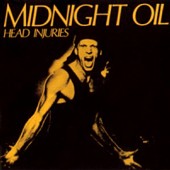 Bird Noises Date
Bird Noises Date: 04/01/1980
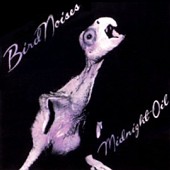

This one always freaked me out ... KFC anyone ?!!
Place Without A Postcard Date: 04/01/1981
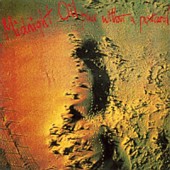 10-9-8-7-6-5-4-3-2-1
10-9-8-7-6-5-4-3-2-1 Date: 04/01/1983
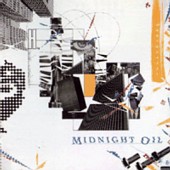
* Hated this name ... just shortened it to C
ountdown ...
Red Sails In The Sunset Date: 04/01/1984
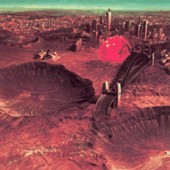

I really found this striking image of Sydney Harbour very disturbing
Species Deceases Date: 04/01/1985
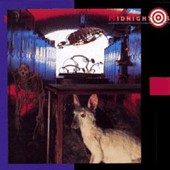
There are more but I gave up buying them ...

















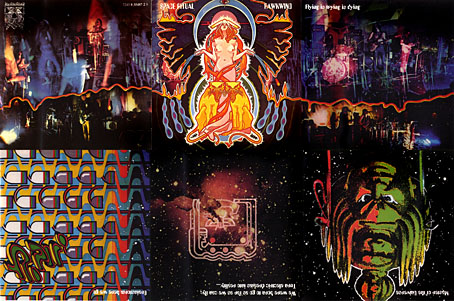



 that the exorcism worked
that the exorcism worked 
 some see this as a sell out
some see this as a sell out 














